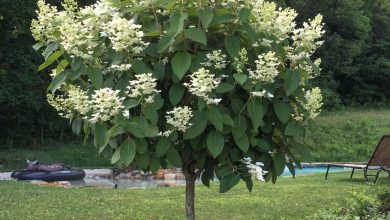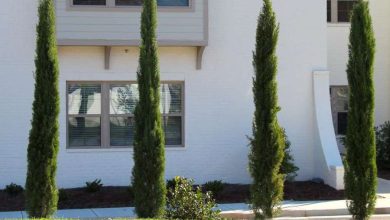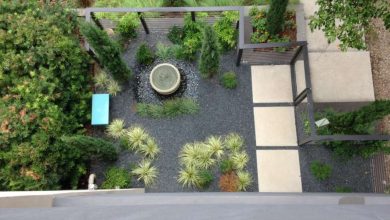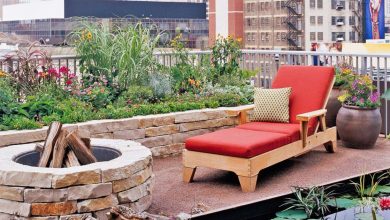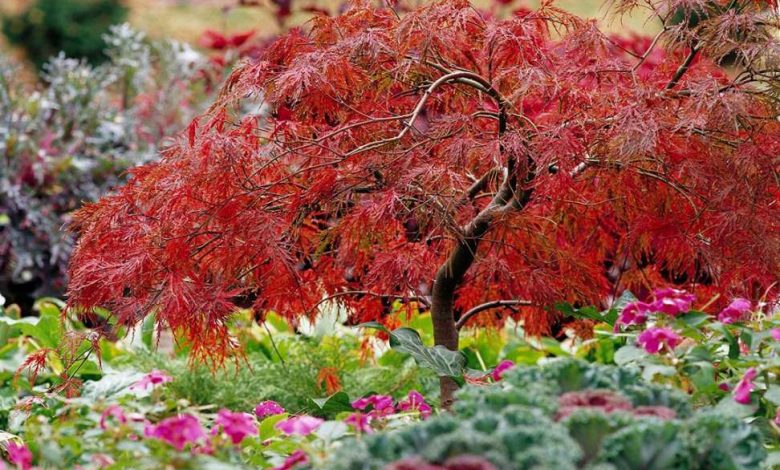
11 Popular Japanese Maple Tree Landscape Ideas 2024
Japanese Maple Tree Landscape Ideas: A Guide to Bringing Serenity to Your Garden
The Japanese maple, with its delicate leaves and vibrant colors, is a captivating addition to any landscape. These ornamental trees are not just beautiful; they also symbolize peace and tranquility in Japanese culture. If you’re looking to incorporate a touch of Zen into your outdoor space, then look no further than the Japanese maple.

There are over 1000 cultivars of Japanese maples, each with its own unique characteristics. When selecting a tree for your landscape, consider the following factors:
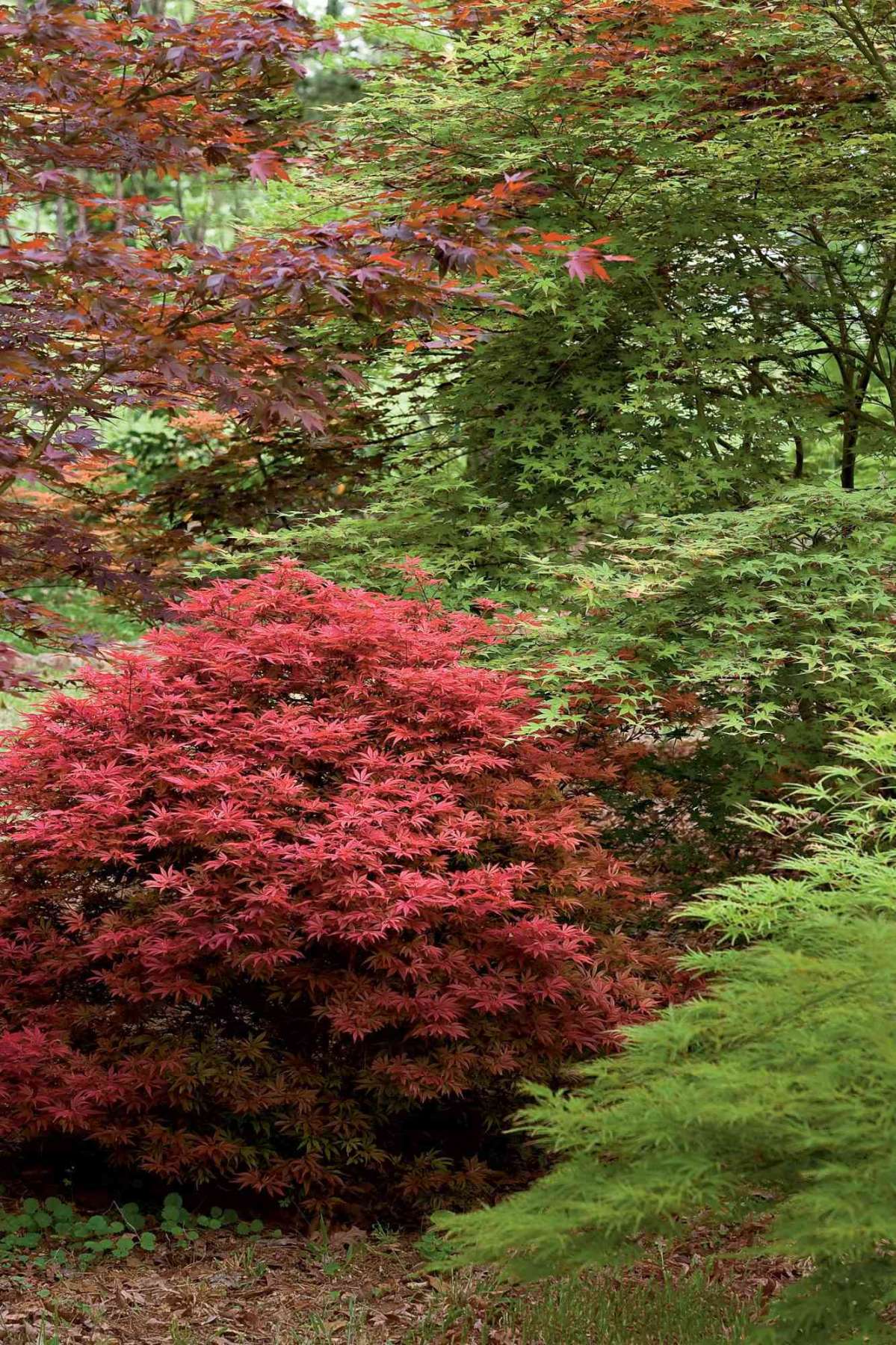
Size: Japanese maples come in a variety of sizes, from dwarf varieties that stay under 10 feet tall to larger trees that can reach 30 feet or more. Choose a tree that will be proportionate to the size of your garden.
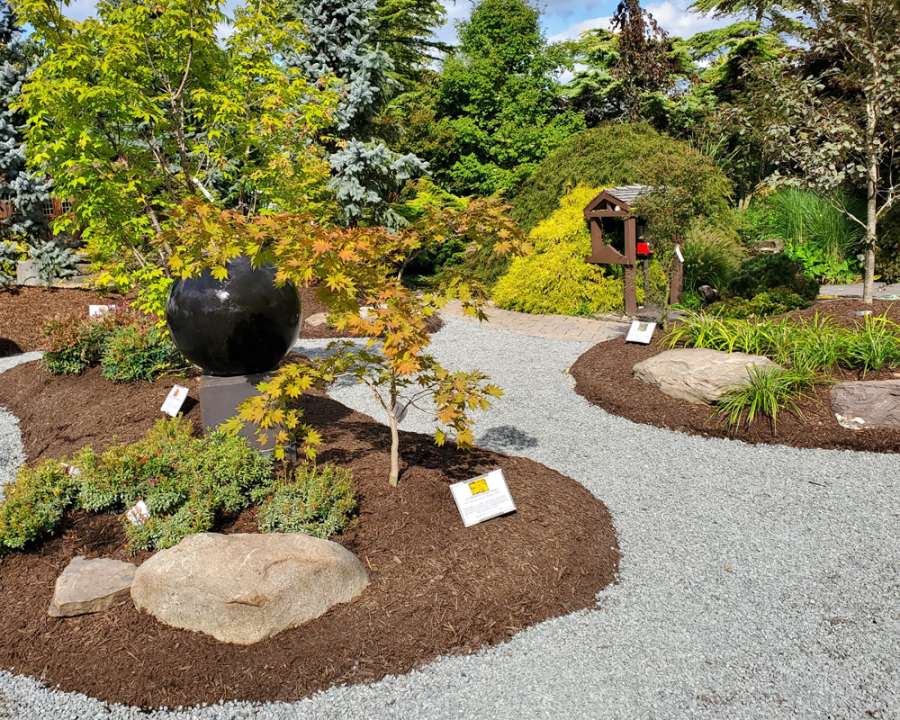
Once you’ve selected the perfect Japanese maple, it’s time to start planning your landscape design. Here are some ideas to get you inspired:
Focal Point: Plant your Japanese maple as a focal point in your garden. Surround it with complementary plants like ferns, hostas, or azaleas. You can also add decorative elements like rocks, gravel, or a small water feature.
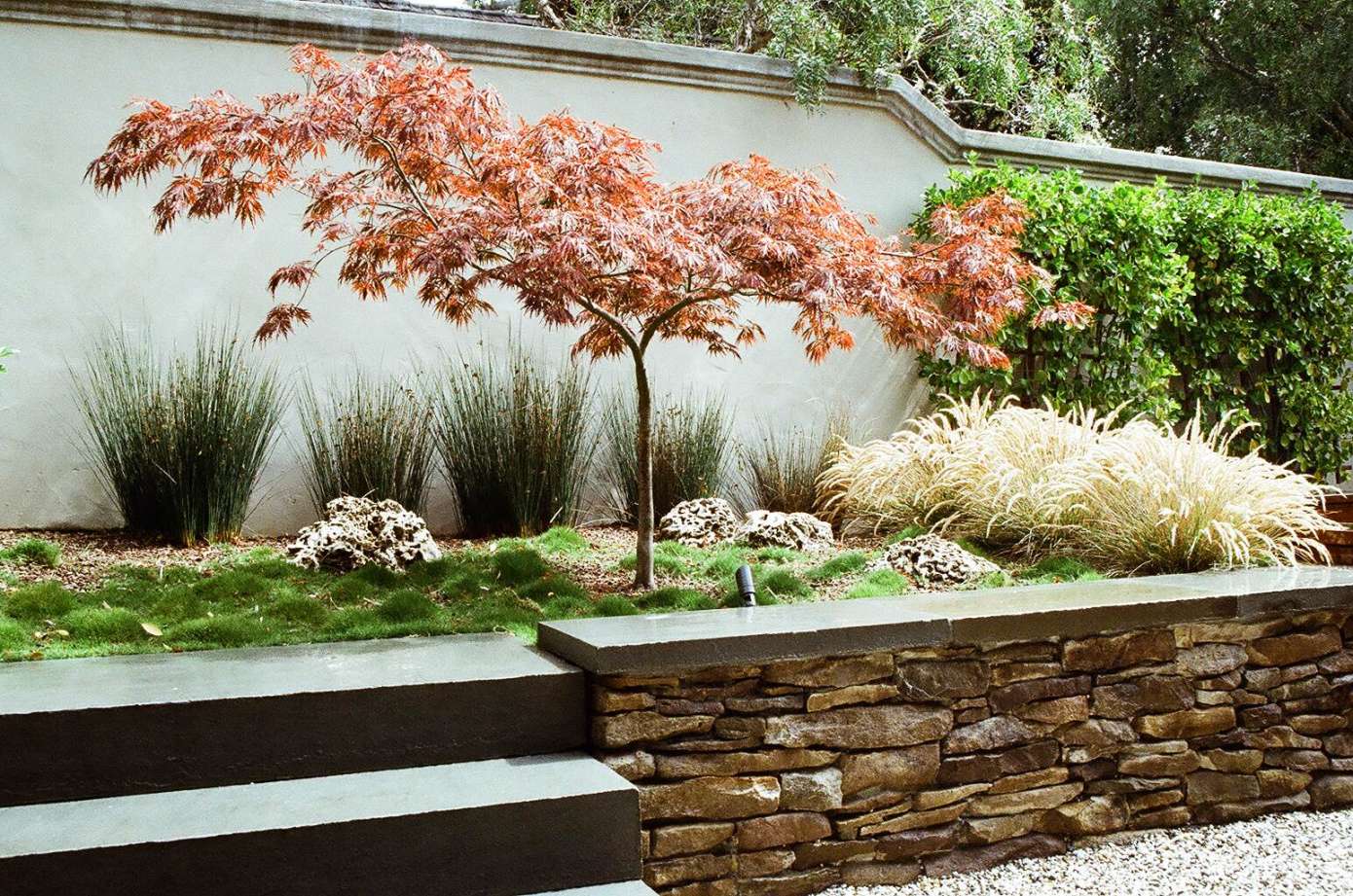
Japanese maples thrive in well-drained, slightly acidic soil. They also prefer protection from strong winds. Here are some additional tips for planting and caring for your Japanese maple:
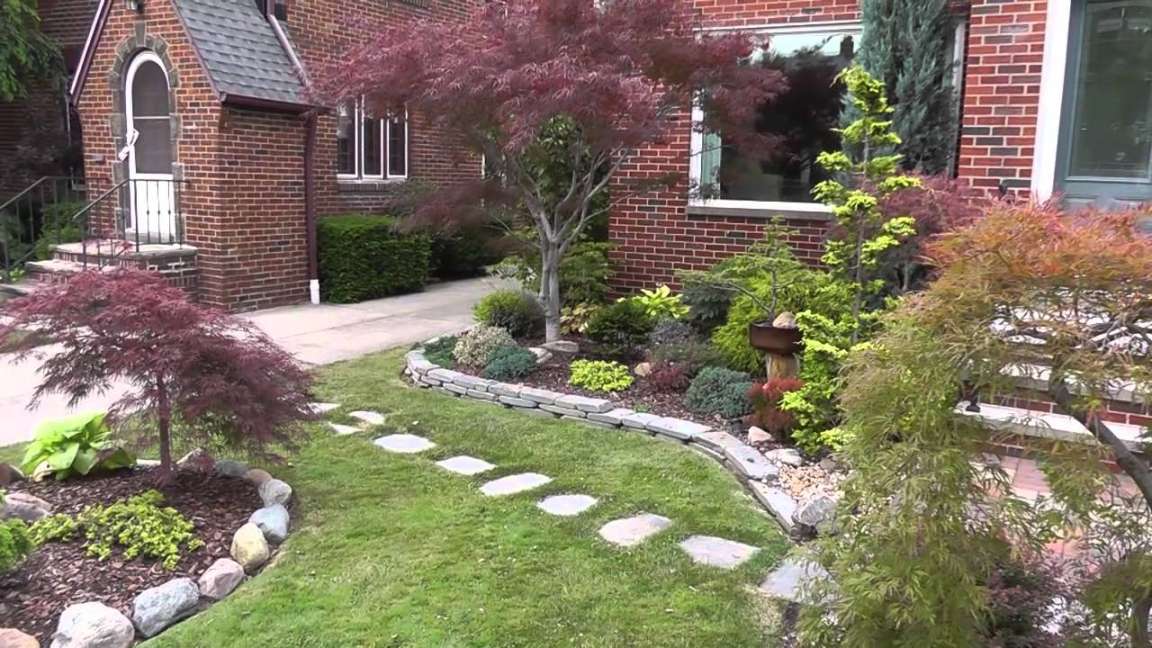
Plant your tree in the spring or fall.
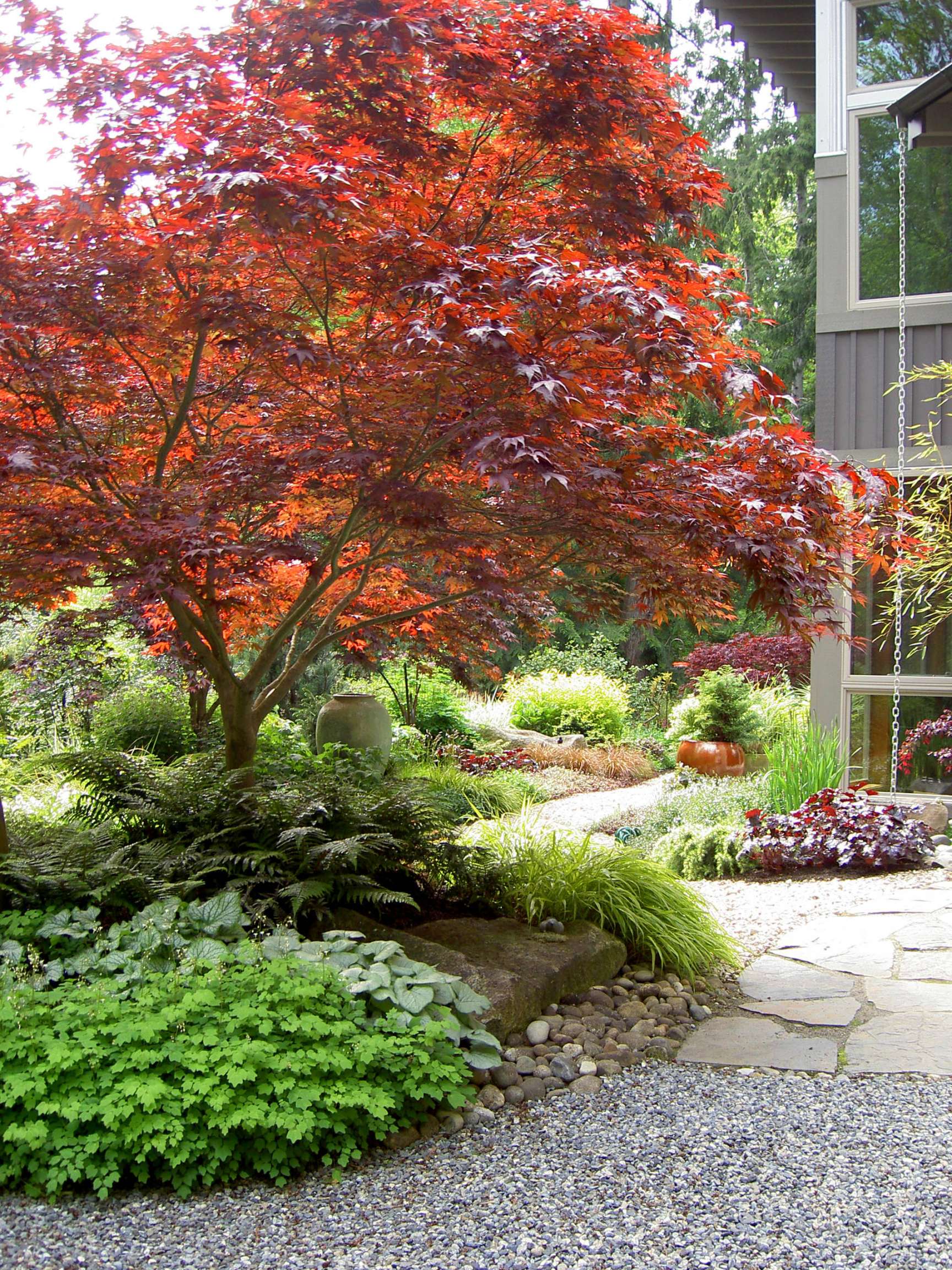
By incorporating a Japanese maple into your landscape design, you can create a peaceful and visually stunning outdoor space. With a variety of cultivars to choose from and proper care, these captivating trees will provide you with years of enjoyment.

A: The cost of a Japanese maple tree can vary depending on the cultivar, size, and maturity. Generally, expect to pay anywhere from $50 to $500 or more for a healthy tree.
A: Japanese maples are relatively low-maintenance trees. They require moderate watering and occasional pruning. However, it’s important to choose a variety that is suited to your climate and growing conditions.
A: While most Japanese maples prefer partial shade, some cultivars can tolerate full sun. If you live in a hot climate, it’s best to choose a sun-tolerant variety.
A: With proper care, Japanese maple trees can live for 100 years or more.
A: While Japanese maple trees are not considered to be highly toxic, it’s best to avoid consuming any part of the tree. The leaves and seeds may cause mild stomach upset if ingested.
